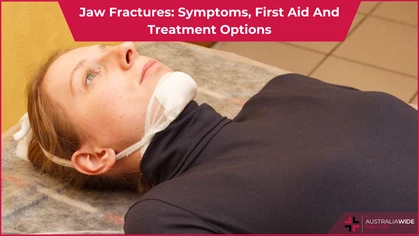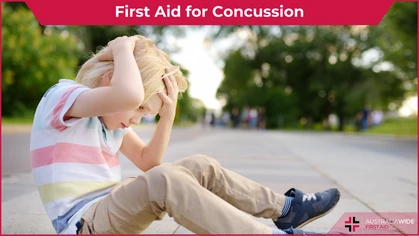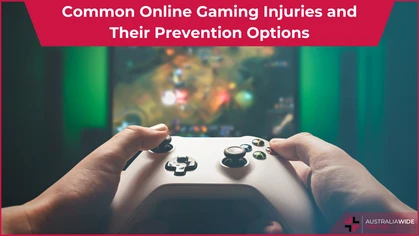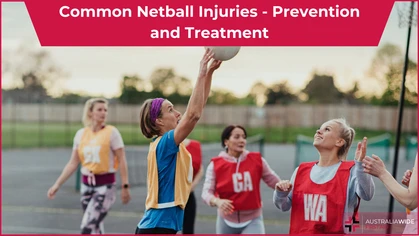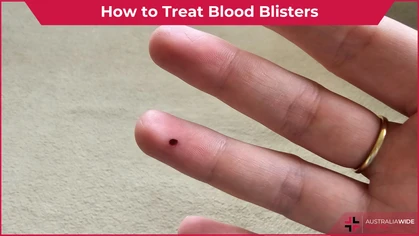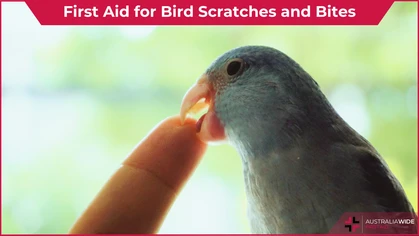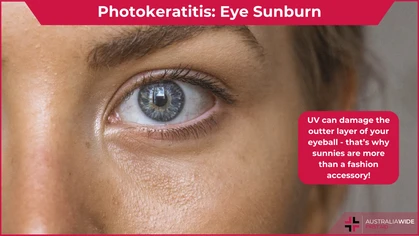Soft Tissue Injuries

Injury

According to Sports Medicine Australia, soft tissue injuries are the most common injury in sport. A soft tissue injury refers to damage to tissues that surround, connect, and support other structures and organs of the body, such as tendons.
A soft tissue injury is when a muscle, tendon, or ligament experiences trauma, such as overstretching or tearing, which causes pain, swelling, and other symptoms.What is a Soft Tissue Injury?
Soft tissue injuries are common injuries that can happen to anyone. The most common causes of soft tissue injuries are trauma, such as an accident or impact to the body, overuse, and poor body mechanics. They are two main forms of soft tissue injuries: sprains and strains. Both forms of soft tissue injuries occur when body tissue is overstretched or torn. The difference between the two is that a sprain is the damage of a ligament, while a strain is the damage of a muscle or tendon. In addition to these, bruising and overuse injuries can also be classified as soft tissue injuries.Symptoms of Soft Tissue Injuries
Each form of soft tissue injury displays different signs and symptoms. Sprains are the overstretching of a ligament, which is a fibrous band that holds bones together. Sprains can be identified if any of the following symptoms are present:
Soft tissue injuries are likely to occur in people who have received a soft tissue injury in the past. Subsequently, it is important to take preventative steps against soft tissue injuries, such as undertaking adequate training prior to sport competitions.
Prevention
Having a previous sprain or strain is one of the leading factors that increase your risk of getting a soft tissue injury. For this reason, it is important to perform preventative methods to avoid an initial injury from occurring. Prior to participating in sports and exercises that put you at risk of injury, you should engage in appropriate training to prepare for the task. This should include strengthening and stretching exercises to ensure your body is prepared. When exercising, ensure you are properly warming up and stretching prior to starting, as well as cooling down when finishing. Appropriate, well-fitting footwear and relevant safety equipment, such as shin guards and helmets, should always be worn to help prevent injury. Most importantly, you should avoid performing any activities or movements that cause pain, as this can quickly result in a soft tissue injury. More information about how to prevent soft tissue injuries can be found on the Sports Medicine Australia website.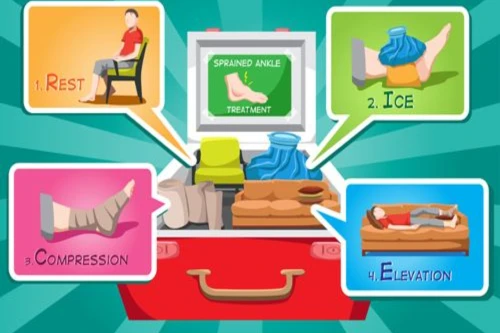
The immediate treatment of any soft tissue injury comprises the RICER protocol. The RICER protocol should be followed for 48 – 72 hours after receiving a soft tissue injury, as it endeavours to reduce bleeding and damage within the injured part.
First Aid for Soft Tissue Injuries
If you do experience a soft tissue injury, it is important to treat the symptoms as soon as possible to reduce bleeding and damage within the injured part. The best immediate treatment is to use the RICER protocol:- Rest You should rest the injured part immediately to reduce internal bleeding and swelling, and to prevent the injury from becoming worse.
- Ice Apply an ice pack to the injured part to help limit inflammation, and to reduce pain and swelling. Ice packs should only be placed on the injured part for 10 – 15 minutes, before being removed and then reapplied once the injured part becomes warm again i.e. after 30 – 60 minutes. Further, ice packs should never be directly applied to the skin, and should instead be wrapped in a cloth or other barrier.
- Compression Wrap the injured part with an elastic bandage to help limit swelling.
- Elevation To reduce blood flow to the injured part, raise it above the heart.
- Referral To assess the extent of soft tissue damage to the injured part, seek professional medical advice.
- Applying Heat: Heat can increase blood flow and swelling in the injured part, which inhibits healing.
- Consuming Alcohol: Alcohol can increase blood flow and make you less aware of your injury, which increases the risk of aggravating it further.
- Running: Avoid physical activity until the injured part is properly healed.
- Massage: Massage can increase damage to the injured part if it is done too early, as it encourages blood flow and swelling. Please note, massage therapy at massage day spas like our recommended partner Thai Fusion Spa can help relieve the pain of soft tissue injuries and aid in faster recovery times when applied more than 72 hours after sustaining the injury.
Conclusion
Soft tissue injuries are a common injury for many people who play sports. It is important to identify the symptoms of sprain, strain, and other forms of soft tissue injury to ensure that the appropriate treatment can be applied as soon as possible. By doing so, you can manage pain, reduce further damage, and support a quick recovery to get you back to pain-free movement. The RICER treatment is best for mild or moderate injuries, such as sprains, strains, and bruises. If there is still no improvement after the application of the RICER method, seek immediate medical care. Call emergency help if the injured part becomes numb or suffers deformity. Learn first aid to know more about different techniques in wound and injury management.
Originally published at
https://www.australiawidefirstaid.com.au/resources/soft-tissue-injuries
as part of the Australia Wide First Aid Articles Library


